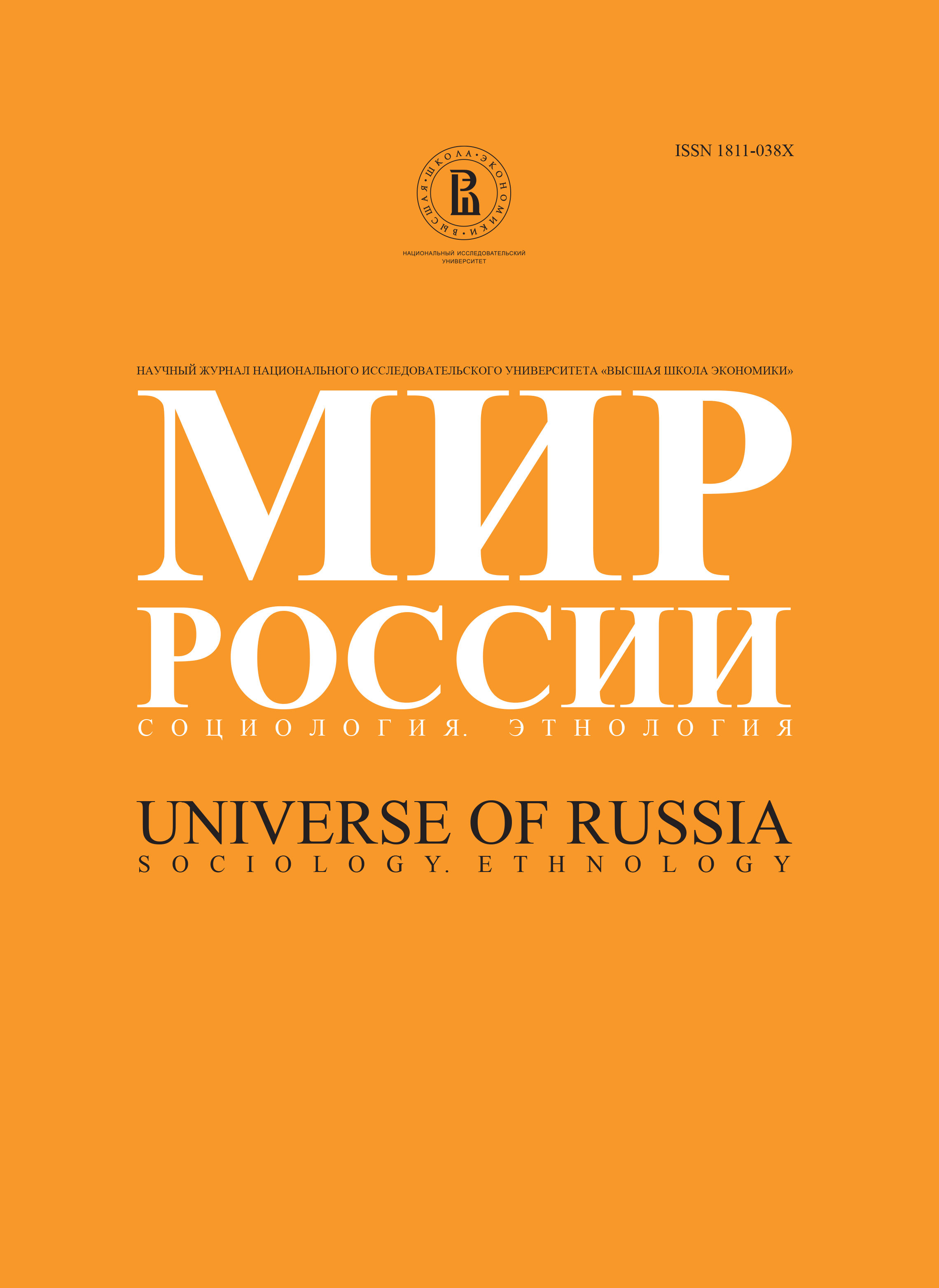From “Liberte” to “Varietes” in Social Policy. Reflections on the Paper from Doctor of Philosophy
Abstract
In the beginning of Perestroika the major part of the USSR population supported reforms. Probably, Russia could relatively quite peacefully go through the transformation of its social model at a pace even higher than is usual for normal trajectories, but for three factors, which, in my point of view, prevented that.The first factor is a real economic catastrophe, to which the country was leading itself gradually accelerating. The only remedy for this was the restructuring of the Soviet economy. Instead of admitting the deep technological gap between the USSR and the developed Western economies, the leaders of the country likened themselves to fantasts, who thought that Soviet machinery could shortly reach the world level and saturate domestic market with quality cars, electronics and other commodities.
The second factor one could by convention call a «national» one. It is a naïve Russian belief in the reality of miracles, including the social ones. The major part of Russians, as in the Soviet period, continues to rely on a paternalist model. It is of crucial importance, that a transition from a predominantly state (state social guarantees) to a predominantly non-state (social benefits from employers) paternalism for a major part of employers wasn’t really significant.
The third factor was an absence of an audible government during the period of social and economic reforms. The author was never an advocate of any government ideology. But a citizen has the right to claim audible explanations from the government and authority concerning their social and economic policy. The attempts of liberals of 1991 to combine liberal social and economic decisions with the heritage of the «former» development were initially ineffective. At that time no fundamental transition from the support of «spheres» (for example, housing and public utilities, public health, education) to the support of exact households, who actually lacked the access to such social services during transition to a market economy, was provided.
The result of these factors was the socio-economic model, which formed in Russia in the middle of the first decade in the 21th century. Its key feature is the practical collapse of a free market model and transition to a so-called «corporate state capitalism».
What is crucial for the development of social policy in modern Russia? What has to be taken into consideration?
First, the existing system of social and economic relations is based at large on informal procedures and practices, which constantly reproduce corruption. It is enough to refer to international ratings to finally admit that it is no more actual to capture “werewolves” or follow the anti-corruption initiatives of the president, but to conduct a radical system transformation. Meanwhile the situation will regress in the same direction. Second, in this system the society is regarded by the authorities not as a patron of social and economic policy or, worse, its partner in the development of such policy, but a as its subject to control. The abolishment of the regional governor elections, the exclusion of “against everybody” choice in voting papers only support this.






